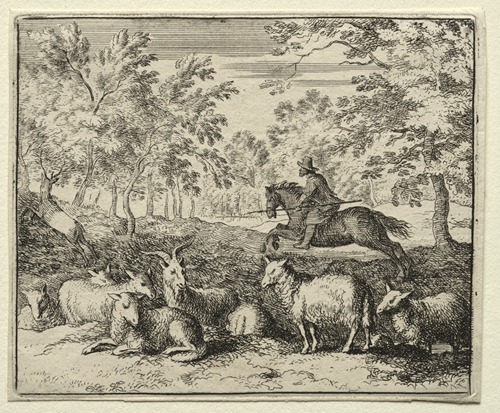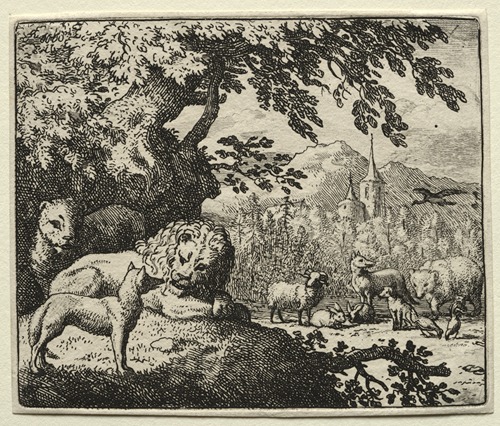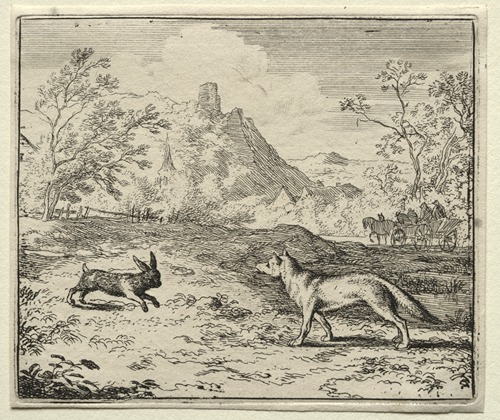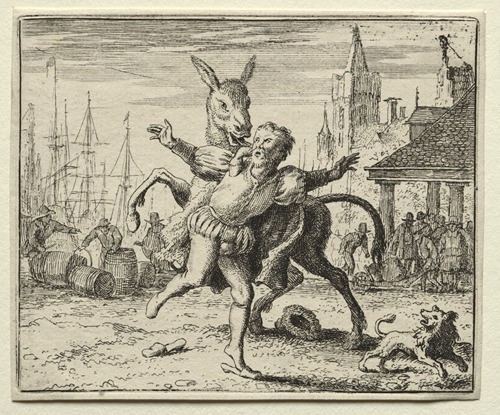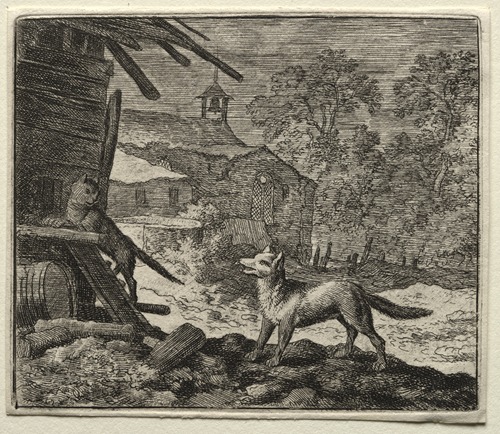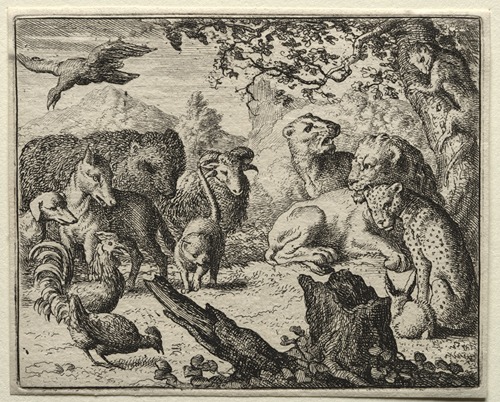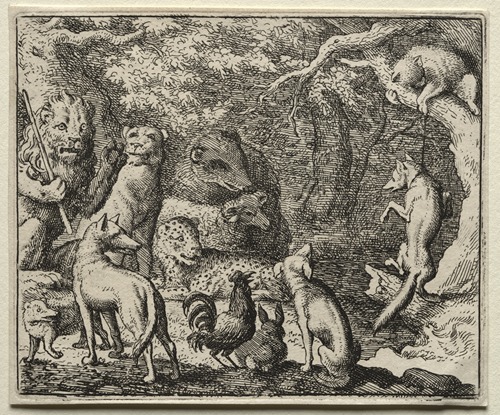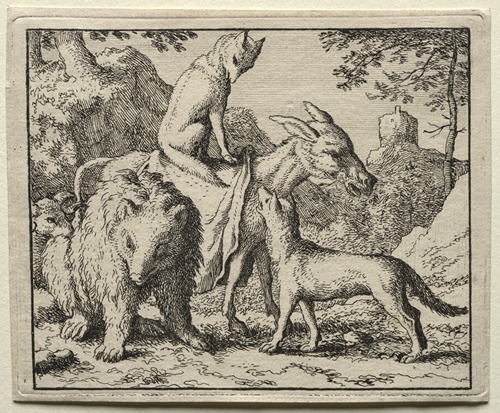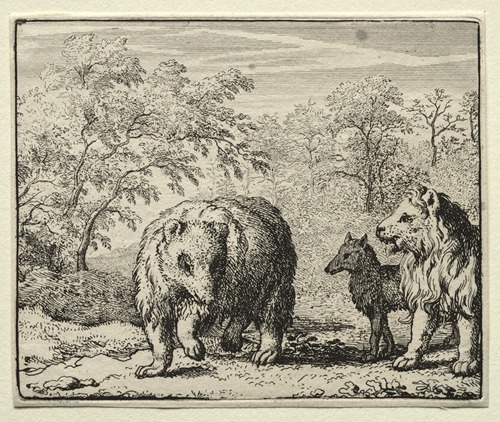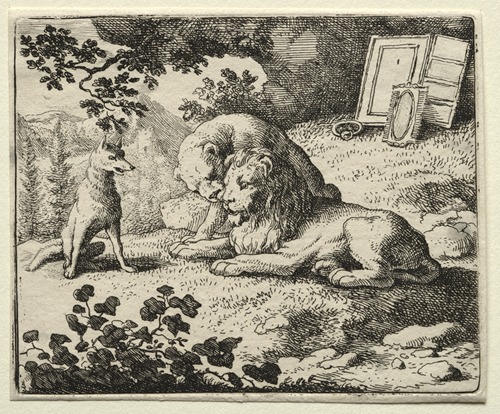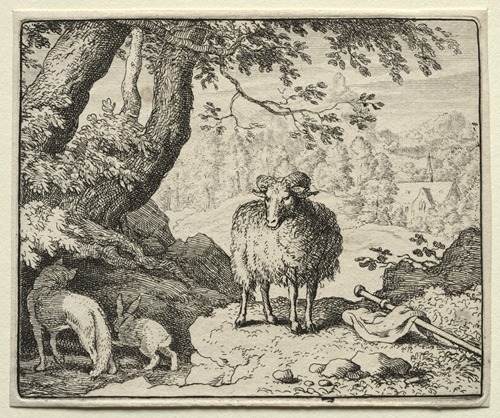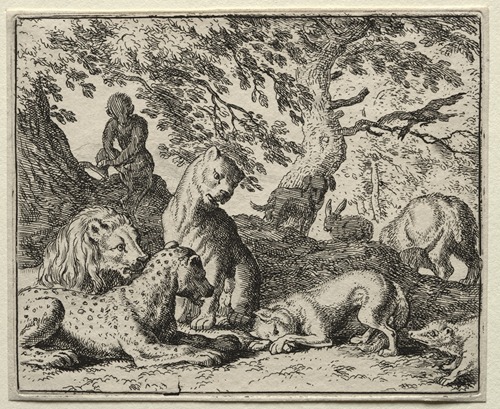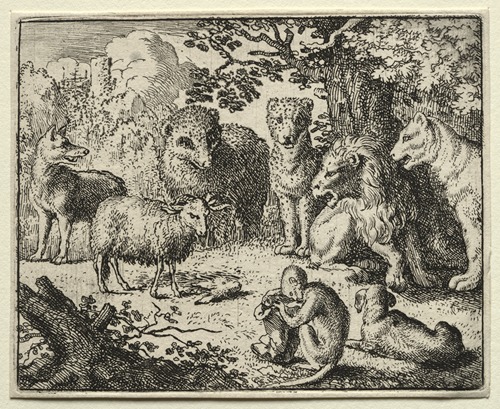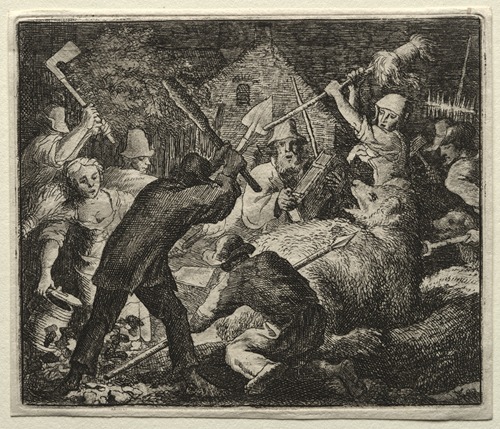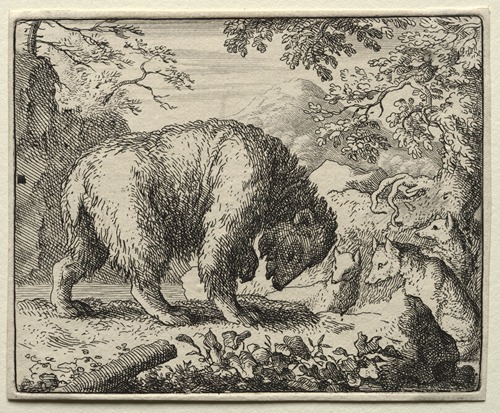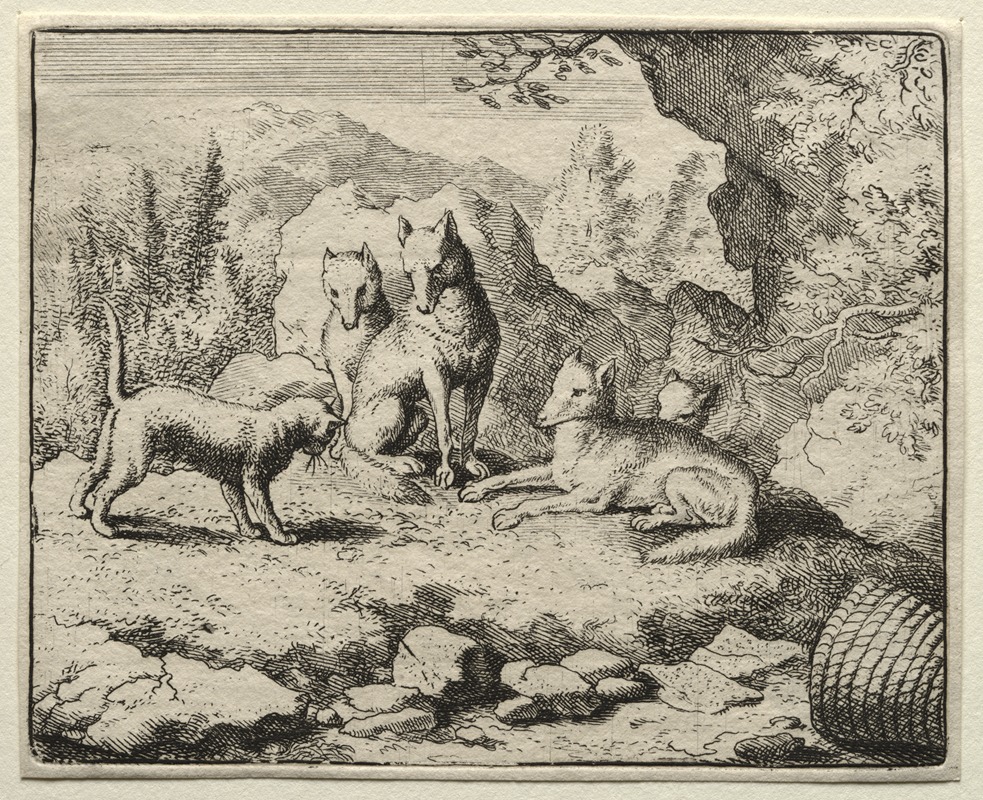
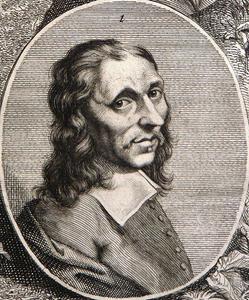
Allaert van Everdingen, was a Dutch Golden Age painter and printmaker in etching and mezzotint.
Van Everdingen was born at Alkmaar, the son of a government clerk. He and his older brothers, the painters Jan and Caesar van Everdingen, according to Arnold Houbraken, were taught by Roelandt Savery at Utrecht. Allaert moved in 1645 to Haarlem, where he studied under Pieter de Molijn, and finally settled about 1657 in Amsterdam, where he died in 1675.
It would be difficult to find a greater contrast than that presented by the works of Savery and Everdingen. Savery inherited the brilliant style of the Brueghels, which he carried into the 17th century; whilst Everdingen realized the large and effective system of coloured and powerfully shaded landscape which characterises the precursors of Rembrandt. A fascination with the exotic is probably what inspired Allaert to travel himself, though it is quite within the range of probability that he acquired his approach from his drawing master, Pieter de Molijn.
In 1644 Everdingen travelled to Norway and Sweden, a trip that was to have profound consequences on his art. According to his biographer Arnold Houbraken, his visit to Norway was unscheduled, but occurred when his ship, en route to the Baltic Sea, ran into a heavy storm and moored there for shelter. In the manner of Frans Post, Everdingen took advantage of this mishap by making sketches of the Norwegian landscape, which would have seemed very exotic to his Dutch countrymen. His annotated drawings document visits to the south-east Norwegian coast and to Bohusland and the Göteborg area in western Sweden. These sketches, which he later painted in his studio, became very popular, and though now scarce, exhibit a broad and sweeping mode of execution, differing but slightly from that transmitted at the dawn of the 17th century from Jan van Goyen to Salomon van Ruysdael. He returned to the Netherlands by 21 February 1645, when he married Janneke Cornelisdr Brouwers in Haarlem. He died in Amsterdam.
Molijn wielded his own influence on his gifted disciple, but the school of landscape painters in Haarlem brought forth many young, talented artists who incorporated the tonal qualities of van Goyen. This can be seen in the development of Isaac van Ostade, who abandoned the genre techniques of his brother Adriaen van Ostade for the broader landscapes of the Ruisdael family. In Utrecht Allert would have also met Savery's nephew and namesake, the landscape artist and engraver Roelant Roghman, who probably returned with him on his trips to Alkmaar, where he made many prints. Alkmaar, itself a busy trading place near Texel island, had little of the picturesque for an artist except polders and dunes or waves and sky. Accordingly, we find Allaert at first a painter of coast scenery. But on one of his expeditions he is said to have been cast ashore in Norway, and during the repairs of his ship he visited the inland valleys, and thus gave a new course to his art.
